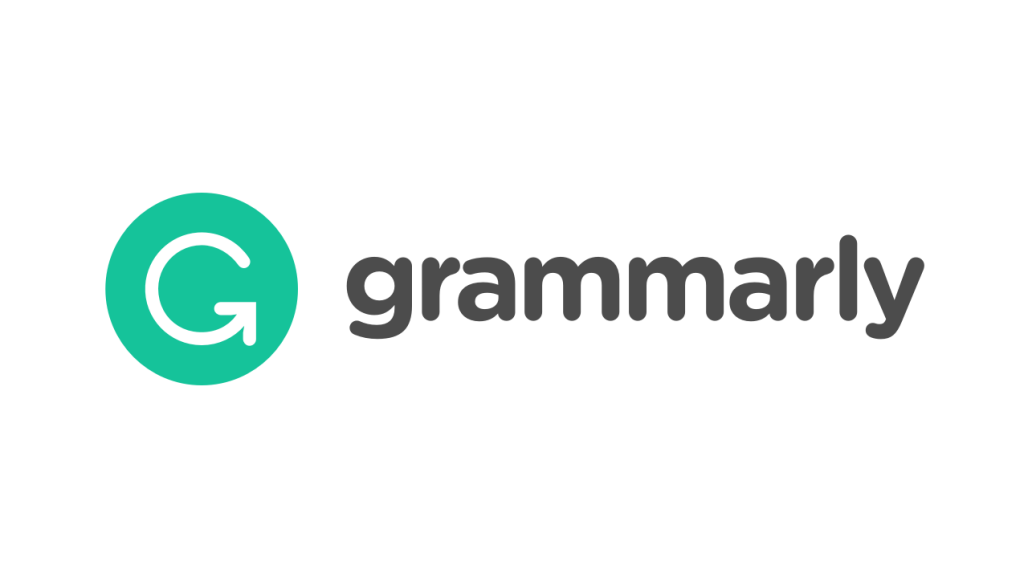Induction of interleukin-6 trigger an apoptosis through IL-17 and stat3 pathway that alleviated by phycocyanin treatment
Abstract
This study was to analyze the optimum dose of IL-6 induction in pregnant rats that could trigger an increase in mean arterial pressure and protein as two symptoms of preeclampsia. A total of 25 pregnant rats was divided into 5 groups, including pregnant rats the control group (without induction of IL-6), a group of pregnant rats were given an induction in IL-6 doses of 1.25 ng/day, a group of pregnant rats given doses of IL-6 induction 2.5 ng/day, a group of pregnant rats were given an induction of IL-6 doses of 5 ng/day, and groups of pregnant rats were given an induction in IL-6 doses of 10 ng/day. Induction of IL-6 was performed on the tenth day of gestation for 5 days. The expression of caspase-3, IL-17, and STAT3 were analyzed by confocal laser scanning microscopy. The expression of caspase-3, IL-17 and STAT3 was significantly higher in preeclampsia group than the control group (p<0.05). The expression of caspase-3 decreased significantly in all groups were treated by phycocyanin compared to the preeclamptic group (p<0.05), but has not been able to reach expression comparable to the control group (p<0.05). Expression of IL-17 decreased significantly in the group given the two highest doses of phycocyanin compared to the preeclampsia group (p<0.05). STAT3 expression decreased significantly in all groups were treatedby phycocyanin compared to the preeclamptic group (p<0.05), reached expression comparable to the control group in the group received phycocyanin at doses of 10 and 20 ng (p> 0.05). In conclusion, IL-6 on pregnant rats were able to increase apoptosis through IL-17 and STAT pathway. Inhibition of apoptosis due to phycoyanin treatment not only involve the formation of IL-17, this data is found in phycocyanin doses of 10 and 20 ng.
Keywords
Full Text:
PDFReferences
Kementerian Kesehatan RI, 2014. PROFIL KESEHATAN INDONESIA TAHUN 2014. Jakarta
Hammer A, 2011. Immunological Regulation of Trophoblast Invasion. Journal of Reproductive Immunology 90 (2011) 21– 28.
Cross J, 2006. Trofoblast Fate Cell Specification. In Biology and Pathology Trofoblast. Cambridge University Press. United of Kingdom. 3-15.
Wagner M, 2001. What every midwife should know about ACOG and VBAC. Critique of ACOG Practice Bulletin #5, July 1999, Vaginal birth after previous cesarean section. Midwifery Today Int. Midwife Fall, 41–43 [PubMed]
Scheller J, Chalaris A, Schmidt-Arras D, Rose-John S, 2011. The Pro and Anti Inflamatory Properties role of immune activation in contributing to vascular dysfunction and the pathophysiology of hypertension during pre-eclampsia. Minervia Ginecologica. 62:105– 120
LaMarca B, 2010. The role of immune activation in contributing to vascular dysfunction and the pathophysiology of hypertension during pre-eclampsia. Minervia Ginecologica. 62:105– 120
Saito S, Nakashima A, Shima T, and Ito M. Th1/Th2/Th17 and Regulatory T-Cell Paradigm in Pregnancy. Am J Reprod Immunol. 63 (6): 601–610.
Mor G, and Abrahams VM, 2003. Potential role of macrophages as immunoregulators of pregnancy. Reprod Biol Endocrinol. 1: 119
Conrad KP, Benyo DF, 1997. Placental cytokines and the pathogenesis of pre-eclampsia. of The Cytokine Interleukin 6. Biochimi Biophys Acta. 1813(5): 876 – 888.
LaMarca BB, Wallukat G, Llinas M, Herse F, Dechend R, Granger JP, 2008. Elevated agonistic autoantibodies to the angiotensin type 1 (AT1-AA) receptor in response to placental ischemia and TNF alpha in pregnant rats. Hypertension. 52:7–11. 43.
Speed J, Fournier L, Cockrell K, Dechend R, Granger J, LaMarca B, 2009. IL-6 induced hypertension in pregnant rats is associated with production agonistic autoantibodies to the angiotensin II type I receptor. Presented at Experimental Biology; New Orleans, LA. 2009 Apr 5.
Kuddus M, Singh P, Thomas G, and Al-Hazimi A, 2013. Recent developments in production and biotechnological applications of C-phycocyanin. BioMed research international. 2013: 1-9.
Romay Ch, Gonzalez R, Ledon N, Remirez D and Rimbau V, 2003. C-phycocyanin: a biliprotein with antioxidant, anti-inflammatory and neuroprotective effects. Curr protein pept sci. 4(3): 207–216
Kent M, Welladsen HM, Mangott A and Li Y, 2015. Nutritional evaluation of Australian microalgae as potential human health supplements. PLoS One. 10(2): 1-14
Gupta NK, Gupta KP, 2012. Effects of C-Phycocyanin on the representative genes of tumor development in mouse skin exposed to 12-O-tetradecanoyl-phorbol-13-acetate. Environmental Toxicology and Pharmacology. 34(3): 941-948
Ou Y, Yuan Z, Li K, Yang X, 2012. Phycocyanin may suppress d-galactose-induced human lens epithelial cell apoptosis through mitochondrial and unfolded protein response pathways. Toxicol Letters. 214(1):25-30.
Pan R, Lu R, Zhang Y, Zhu M, Zhu W, Yang R, Zhang E, Ying J, Xu T, Yi H, Li J, Shi M, Zhou L, Xu Z, Li P, Bao Q, 2015. Spirulina phycocyanin induces differential protein expression and apoptosis in SKOV-3 cells. International Journal of Biological Macromolecules. 81:951-959.
Li X, Ma L, Zheng W, Chen T, 2014. Inhibition of islet amyloid polypeptide fibril formation by selenium-containing phycocyanin and prevention of beta cell apoptosis. Biomaterials. 35(30): 8596-8604.
Young I, Chuang ST, Hsu CH, Sun YJ, Lin FH, 2016. C-phycocyanin alleviates osteoarthritic injury in chondrocytes stimulated with H2O2 and compressive stress. International Journal of Biological Macromolecules. 93: 852-859.
DOI: http://dx.doi.org/10.30742/jikw.v5i2.337
Refbacks
- There are currently no refbacks.
Copyright (c) 2016 Elizabeth Haryanti, Harry K Gondo

This work is licensed under a Creative Commons Attribution-NonCommercial 4.0 International License.
Jurnal Ilmiah Kedokteran Wijaya Kusuma is licensed under a Creative Commons Attribution-NonCommercial 4.0 International License

Â









